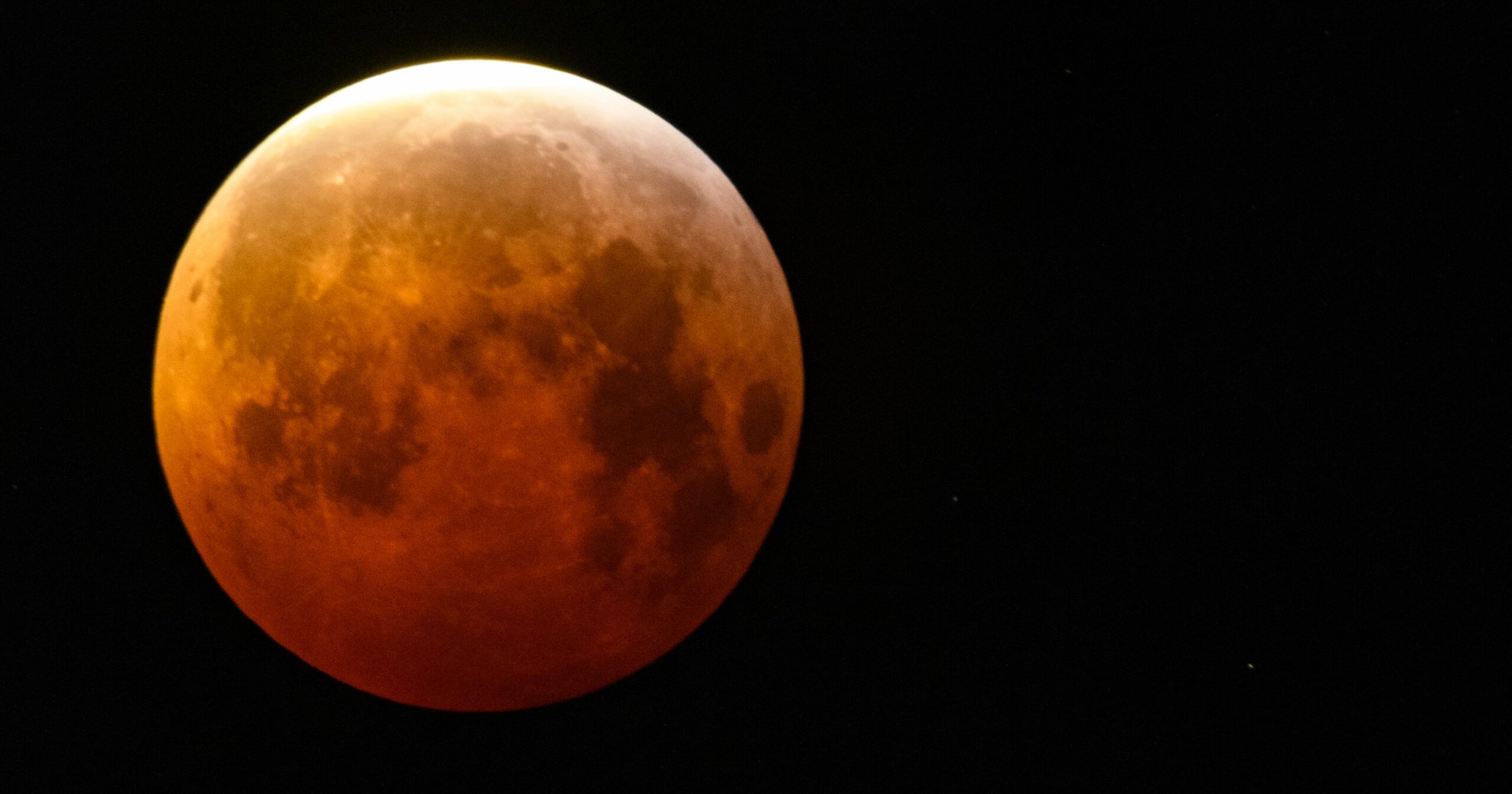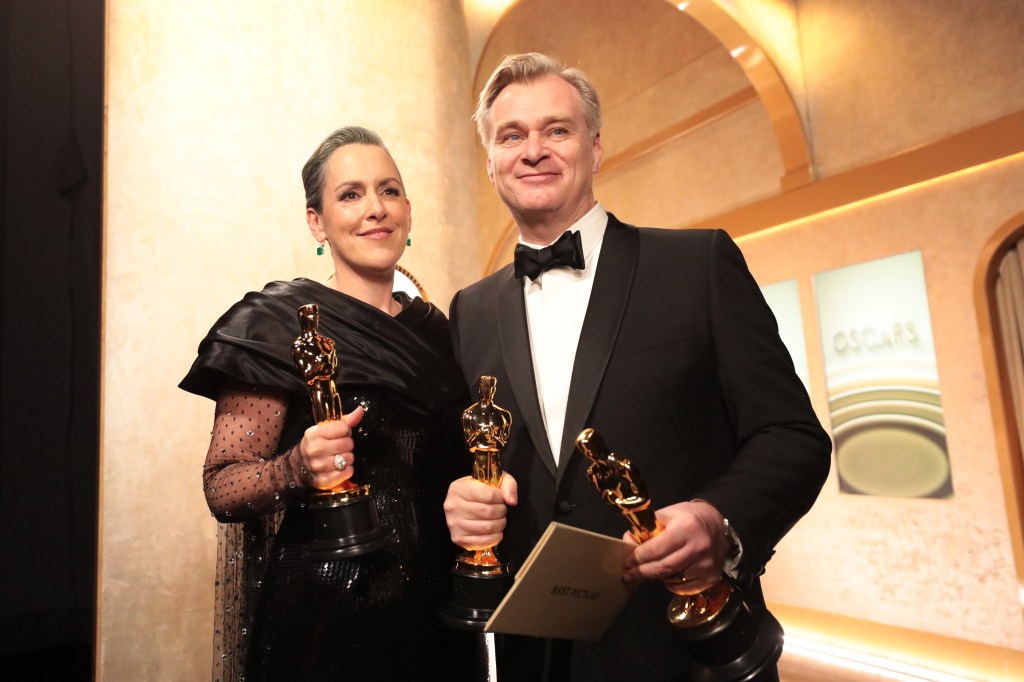Lilly Pulitzer will be opening Lilly’s Vintage Vault, which features the reintroduction of the brand’s most popular archival prints.
The launch of Vintage Vault recognizes Pulitzer’s heritage of handpainted prints — uniting the original 1962 to 1985 print library recently acquired from a private collection with the company’s complete archive from 1994 onward.
“With the opening of the Vintage Vault, we’re reconnecting with some of the most iconic prints in our brand’s history,” said Michelle Kelly, chief executive officer of Lilly Pulitzer. “We’re proud to honor our roots while inviting a new generation to fall in love with the timeless joy of our brand.”
The Vault opens Aug. 21 with the first print drop, Lilly’s Zoo. Originally released in 1974, this print returns in its signature saturated blues and vibrant tones, reimagined across women’s fashion and the classic children’s shift. Retail prices for the five-piece collection range from $58 for the Little Lilly Classic Shift for girls to $348 for the Marria Stretch Maxi Dress. Other styles include a women’s Edita shift dress for $228, the Elsa top for $188 and the Dustin Midi Skirt for $188.
You May Also Like

As Vintage Vault unfolds, the brand will continue to reimagine its archive through limited-edition drops and collaborations, among other initiatives.
“Our brand has always thrived on creativity, color and community,” said Mira Fain, chief creative officer. “These heritage prints are a vibrant reminder of the originality and optimism that have defined Lilly for over 65 years — and we’re thrilled to welcome them back.”
“The collection of prints designed from 1962 to 1985 is a true American treasure, and we are honored to reweave this vibrant history into the fabric of our brand’s heritage,” Kelly added.
In an interview, Kelly explained that the company is always looking for ways to modernize the brand and its heritage. “The Lilly Pulitzer brand has over 65 years of incredibly rich history and heritage, and our loyalists love the memories and nostalgia. We are, of course, in fashion, and always looking to move forward and reinvent and reinterpret. So it did feel like this incredible opportunity to again look to the past, respect the past, but also modernize vintage prints. It just felt very exciting and very fresh and very modern,” Kelly said.
Asked how they decided which prints to bring back, she said, “The team gravitated to Lilly’s Zoo, which was iconic and playful. It is chock full of animals and unexpected whimsy. It just felt like it was so true to our brand DNA.” They were able to refresh it with modern details and current and new silhouettes, and a skirt. They also added a gold lace that was never really done on a vintage print before.

She said the brand was built on the shift dress, and it’s modernized every single season.
Customers will learn about the vintage prints through the hang tags. “Our team has designed these beautiful hang tags that will make this print stand out and feel even more special. It’ll also give a little bit more detail. It has the year this print was originally released, which was 1974, so the customer will know that,” she said. She thinks some of their loyal customers may save the hangtag as a keepsake. “We’re hoping it’ll be a bit of a collectible,” Kelly said.
Retail prices will be compatible with the regular line. “Our goal was for this to certainly feel special. The styles we chose probably skew a little bit more elevated. Given the nature of how we wanted the collection to be treated, it’s very much in line with our overall full price pricing strategy,” she said.
Kelly said it hasn’t been decided yet how many vintage fabrics will be featured a year. The company is using different fabric mills from those that were used originally. “We have a resilient and flexible supply chain. We are an iconic American print house, and we’re grateful to work with some of the best fabric mills all over the world and great factories who can put it all together,” Kelly said.
She said originally the print library got separated from the trademark and changed hands a few times. A private investor group took responsibility for preserving the print archive for several years. Oxford, Lilly Pulitzer’s parent, was able to acquire the print library last December.
Kelly feels the brand is fortunate because it has an authentic story. “So many brands are kind of looking for that authentic story these days, but we have it,” Kelly said. The company was founded in Palm Beach, Fla., by Lilly Pulitzer, a socialite who opened a juice stand using her husband’s citrus produce and designed brightly patterned dresses to camouflage juice stains. These dresses, dubbed “Lillys,” gained popularity and eventually attracted a cult following.
The new vintage line will be sold on lilllypulitzer.com, at a full assortment of Pulitzer’s flagship locations, and select retail stores. “We’re anticipating it will sell really quickly. That’s the goal,” Kelly said.
She said she hopes that Pulitzer’s fans will be excited and “new friends of the brand may take a second look.” She believes the customer for this is multigenerational “and that’s always the case with our brand. I think that the loyalists will love the memories and the newer customers will love the discovery.”
Oxford acquired Lilly Pulitzer, known for its colorful, preppy — with a lot of pink and green as its signature colors — looks in 2010 for $60 million.
As reported, the brand had “a really nice first quarter,” said Kelly, where sales were up 10 percent to $64.7 million. Pulitzer relaunched a small men’s collection, which had good sell-throughs, it expanded its social dressing, offered an anniversary collection, launched a Reserve collection and expanded the dress price points up to $798, which had very high sell-throughs “which is exciting to see the customer appetite,” Kelly said.


